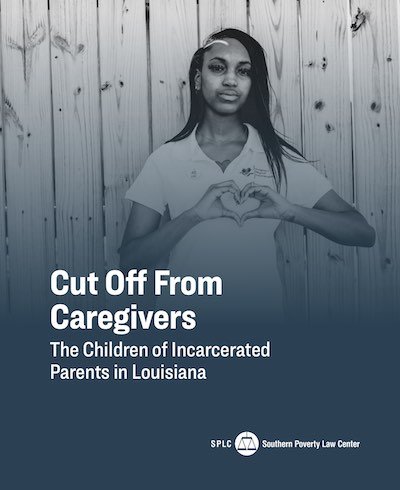By Tim Bateman
The National Association for Youth Justice (NAYJ) campaigns for the rights of, and justice for, children in trouble. It seeks to promote the welfare of children in the youth justice system and to advocate for child friendly responses where children infringe the law (NAYJ, 2019). The Association has, more recently, endorsed the Youth Justice Board’s adoption of a ‘child first’ model, first articulated in its Strategic Plan, published in 2018 (Youth Justice Board, 2018). The subsequent revised edition of National Standards for children in the youth justice system, published in 2019, is intended to provide a framework to support agencies in delivering a child first provision, by ensuring that they: • ‘Prioritise the best interests of children, recognising their needs, capacities, rights and potential; • Build on children’s individual strengths and capabilities as a means of developing a prosocial identity for sustainable desistance from crime. This leads to safer communities and fewer victims. All work is constructive and future-focused, built on supportive relationships that empower children to fulfil their potential and make positive contributions to society; • Encourage children’s active participation, engagement and wider social inclusion. All work is a meaningful collaboration with children and their carers • Promote a childhood removed from the justice system, using prevention, diversion and minimal intervention. All work minimises criminogenic stigma from contact with the system’
London: Ministry of Justice/Youth Justice Board, 2019: 6)






















